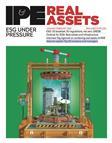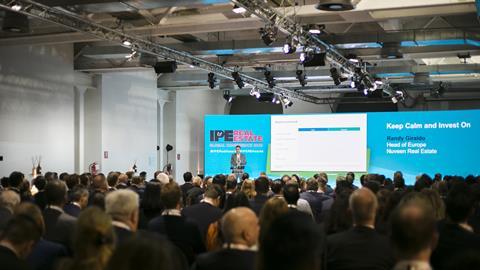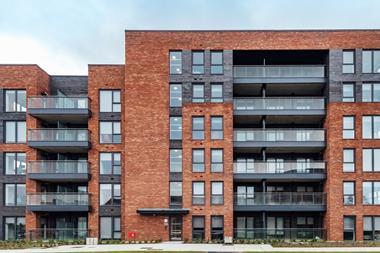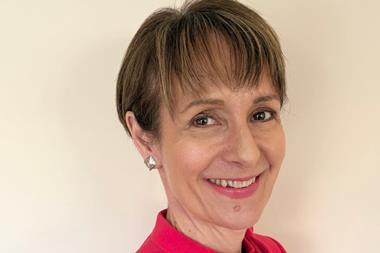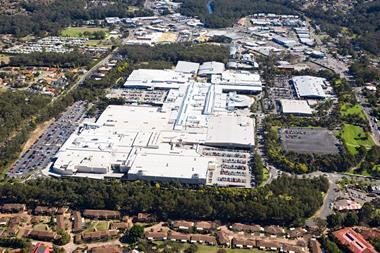Living in the present is said to be good for mental wellbeing, but today’s institutional real estate community has found itself stuck in a state of gazing into the future and trying to avoid the pitfalls of the past. This was clear as the IPE Real Estate Global Conference & Awards reconvened in Milan this week, as investors and advisers grappled with questions of interest rates, valuation uncertainty and a seemingly compromised banking sector.
“On the sidelines” and “playing a waiting game” were often heard, as is commonly the case when investment activity is largely on pause and investors are awaiting more certainty about the future – as highlighted in the latest edition of IPE Real Assets magazine.
There was a consensus at the conference that 2024 would probably the year to begin investing again. But that still means at least a further seven and a half months of inaction and rumination. For transactions to start picking up again, the gap between the prices that owners of real estate are willing to sell at and those that prospective buyers want to see needs to close. Pressure from lenders and rising interest rates could be the factors that makes this happen.
“It does feel like we’ve been stuck in a staring contest between seller and buyer for the past six to 12 months,” said Jay Kwan, managing director at QuadReal Property Group. As the head of Europe for the real estate arm of British Columbia Investment Corporation, Kwan was among a number of Canadian investors at the conference with deep pockets and capital to deploy in Europe.
“You can certainly feel the distress building up,” he continued. “As rates move up and stay high, yields move up, and all of a sudden those [loan-to-value ratios] start creeping up. And as base rates stay high, [interest coverage ratios] are becoming tighter and tighter. I think it’s only a matter of time before the banks come knocking on your door and saying, now’s the time for the resolution.”
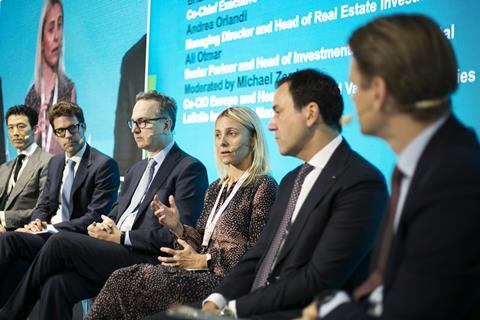
One way to sidestep this waiting game is to become a lender. This is something that QuadReal has done, acquiring a real estate credit platform earlier this year. But the investor is not alone. Many of the real estate fund managers that set up lending businesses around a decade ago are also looking to capitalise.
“Our debt business is seeing a significant increase in refinancing requests,” said Michael Zerda, co-CIO for Europe and head of debt and value-add at LaSalle Investment Management. “It is simply a great time to be a lender and I have not seen this Goldilocks combination of fundamentals since we first started our credit investment business post the global financial crisis.”
But while refinancing pressures, caused by a tightened credit cycle, could bring about distressed opportunities, the fundamentals of many real estate markets still look buoyant. “In terms of rents, in terms of occupancy, our portfolio has never been as healthy as it is almost today,” said Ali Otmar, managing partner and head of investments at Tristan Capital Partners. “In that sense, really, it’s an opposing force that is probably delaying this refinancing opportunity.”
Otmar said the general instruction to Tristan’s investment team was to “hold their breath” long enough “until the real opportunity materialises”, and not be tempted by marginal discounts to recent pricing. “The fundamental value of these assets could shift a lot more than a marginal discount,” he said.
Cyclical risks: Inaction versus FOMO
The risk of inaction – of waiting too long to invest and missing out on the best entry point – can always be countered with the risk of moving to early. “We all need to be quite wary of that, especially when it comes to distressed opportunities,” Otmar said. “In this kind of environment, when there is greater volatility than we usually endure, people tend to mistake cyclical phenomenon with structural phenomena. I think a lot of the distress is actually in sectors that are going to be long-term, structurally unviable. And we shouldn’t really just jump in because they are cheap.”
A clear example is the office market, which is currently undergoing cyclical and structural shifts simultaneously. Office assets are being repriced along with the rest of the market, but the sector is also absorbing the full ramifications of post-pandemic working practices, while the true nature of future occupational demand is still hard to predict.
The situation is particularly marked in the US. “If you try to sell an office building in the US today, there’s effectively almost no bid,” said Brian Niles, co-CEO of Morgan Stanley Real Estate Investing. “Probably the most distressed market globally is the US office market. I would almost venture to say it’s more distressed than anything we saw in the GFC, [because of] this fundamental shift in thinking and some of the downtown environments… we’re seeing some assets trade at levels that are 60%, 70%, 80% down, which is pretty significant.”

Earlier in the day, Randy Giraldo, who recently moved from New York to London to head up Europe at Nuveen Real Estate, compared the outlook for European and US real estate markets and concluded that “it’s as close of a race as I’ve seen”. But he gave “the nod to the US based on how quickly you can put your money to work at scale in the sectors that you want, and your exit opportunities”.
The macroeconomic situation on both sides of the Atlantic were comparable, Giraldo said. But while Europe looked slightly better in terms of leasing fundamentals and pricing, the US seemed more favourable for capital flows, and the divergence in environmental regulations would likely influence performance.
But Andrea Orlandi, head of European real estate investments at Canada Pension Plan Investment Board (CPP Investments), said: “I think Europe is a safer, solid market. Now it doesn’t have the volatility that you do have in the US.”
Orlandi said, based on what he is hearing from CPP Investments colleagues in North America, the US office sector is probably facing an “even bigger secular shift than we saw in retail – and it’s concerning”.
Joanne McNamara, executive vice president for Europe and Asia-Pacific at Oxford Properties, the real estate arm of Canadian pension fund OMERS, agreed that the occupational markets in Europe had been surprisingly strong – including office. “If you’ve got decent office space that’s been refurbed, or that’s new, we are still seeing quite a lot of demand for that space,” she said. “Whereas if you compare that to what I’m seeing at our investment committee in the US, there’s no demand whatsoever for office space.”
It is not just the prevalence of working from home that is affecting office markets, but also the need to spend capital to improve the sustainability of buildings. For many assets it will be too expensive to bring them in line with the necessary standards, leading to a widely anticipated bifurcation of the market.
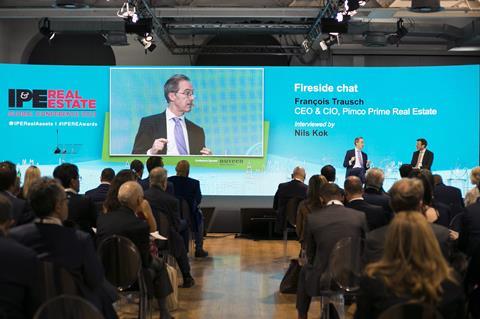
“In the US, you can even call that a ‘trifurcation’, with the upper slice doing very well,” said François Trausch, CEO of PIMCO Prime Real Estate, which manages the property investments of insurance giant Allianz. Trausch cited one of PIMCO’s offices in New York’s Hudson Yards, which saw a valuation increase in Q4 last year.
Below that upper slice are potentially two more cross sections. “There are lot of bad assets, and then you have these assets in the middle, which will need to be sorted out,” he said. “A lot of the work managers will need to do over the coming couple of years is sort out what they have, and in that middle section decide which ones [they] will have to basically write off over time and those you want to do capex to bring them to ESG standards.”
The Allianz real estate portfolio is today 50% invested in office, but that has come down from 90% over 20 years. “So we’ve gone already through a tremendous transformation to bring that percentage from 90 to 50 in a growing market,” Trausch said.
In an on-stage interview with conference chair and professor of real estate finance at Maastricht University Nils Kok, Trausch explained how Allianz Real Estate had now become PIMCO Prime Real Estate, still managing Allianz’s €90bn real estate portfolio but also now part of the world’s largest bond fund manager.
“I couldn’t have chosen better timing to basically move over with my team to PIMCO,” he said. “As was stated in the previous panel, I think debt is going to be one of the huge opportunities coming up… and those managers who able to provide that – whether it’s long-term, fixed-rate debt, or transitional debt, special situations debt, even distressed debt – going to be very well positioned.”


